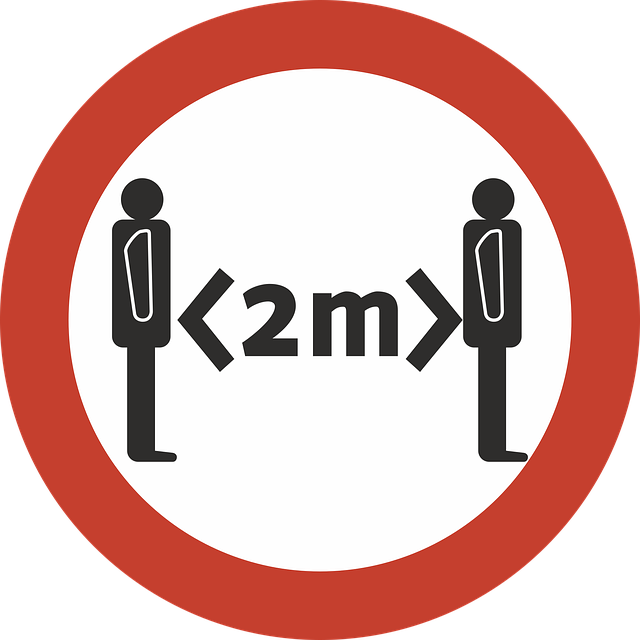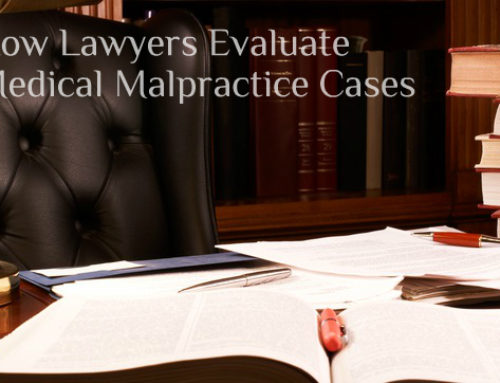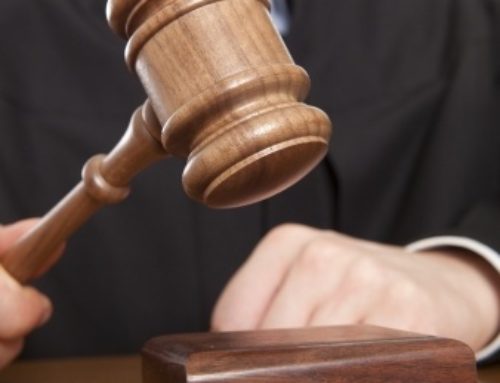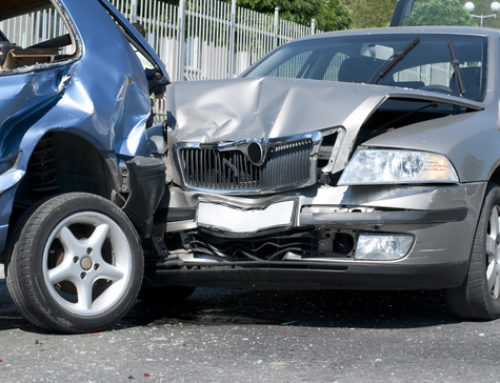As sectors of the economy seek to reopen in the wake of the COVID-19 pandemic, businesses and consumes alike wonder about the safety.
Businesses, in particular, face the biting choice of staying closed, and seeing further reductions in finances, or opening and becoming exposed to liability claims. For consumers, the question remains how safe is safe and if you get ill from a business or employee, what can you do about it?
Despite the constant turmoil of the past months, this question is easier to wrestle with than some others. Posting signs helps a business to instruct the public about risks and to limit premise liability from those risks.
For issues such as the spread of COVID-19, signs can still be used but they don’t offer complete protection.
Limiting Liability
Premise liability relies on assigning a status to anyone entering a property.
These statuses reflect the care expectation of a visitor and the duty of the land owner/occupier. The status of a visitor can change after they have arrived.
Invitees cover any public access or generally open area. The duty is on the owner/occupier to seek risks and warn those entering.
Licensees are people who have permission to enter a property. The license can be revoked at any time.
Trespassers are those who enter a property without other permissions. They assume all the risk themselves except for from extraordinary danger or wanton harm.
Purpose of Signs
A warning sign indicates to a person that there is an unknown or unseen risk. They are not meant to compensate for known risks, things that a person should generally know. Signs can be either temporary or permanent, what is important is that they be clary visible and communicate in an understandable fashion.
Signs also help a business defend against charges of negligence. Negligence, in this case, represents a breach of duty that creates either a direct harm or the opportunity for harm.
An ongoing, global, issue such as COVID-19 isn’t something that can necessarily be avoided by a business. However, they do have a duty to reduce risk. In this case, posting signs about requirements to stay distanced and use masks covers that requirement.
Scope of Protection
Posting a sign for an area being mopped or wet places the risk of walking in that area on the consumer. The business did its duty to explain the risk and the consumer acted anyway. A business cannot eschew negligence by posting a sign for a problem it has no intention of fixing.
A sign that warns of a dip in the floor becomes negligent if nobody is in the process of repairing the floor. A business cannot simply post “enter at your own risk” without spelling out that risk or taking steps to remove that risk.
For a business that has an ongoing level of risk, such as a bar, the warnings on a sign must express specific language explaining the risk.
Signage can direct specific behaviors and actions for allowing access to a premise. This changes the status of the person on the land. In terms of opening businesses during the pandemic the scope of this requirement can be seen in section III, subsection k.
Find Support
Businesses can require extra precautions from the public to enter a premise. They can post signs warning about COVID-19 dangers. This does not relieve them of all duty. Even though the pandemic is an ongoing problem, businesses need to be meeting minimum recommendations for opening or they are negligent.
Contact us for further information if you’ve been told a posted warning denies you a claim. We’re here to help.













